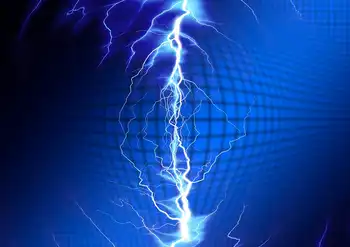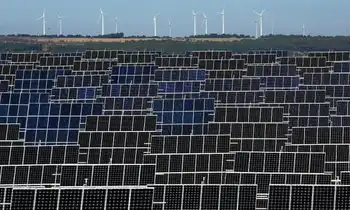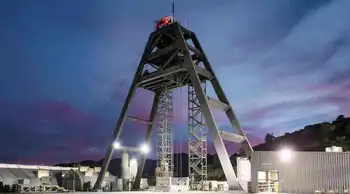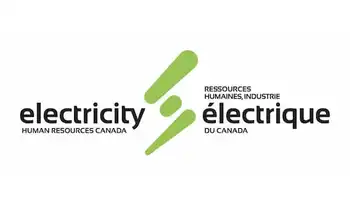NS Power Holdings Now EMERA Inc.
By Related Link: http://www.emera.com
Substation Relay Protection Training
Our customized live online or in‑person group training can be delivered to your staff at your location.

- Live Online
- 12 hours Instructor-led
- Group Training Available
"Our new name reflects the diversity of our energy business", said David Mann, President and Chief Executive Officer of Emera Inc. "Our subsidiary Nova Scotia Power is the principal electric utility in Nova Scotia. But now Emera is delivering much more than electricity, and our energy operations are serving customers well beyond Nova Scotia.
"We have expanded our energy product line to include heavy and light fuel oil, diesel and industrial lubricants," noted Mann. "Our investment in the Maritimes & Northeast Pipeline and the acquisition of Bangor Hydro-Electric Company extend Emera's business and customer base into New Brunswick and the northeastern United States. Our new name - a combination of energy, sea and era- will be the umbrella identity for our customers, employees and operations of our growing energy related interests."
Emera Inc. (EMA-TSE) is a diversified energy and services company, with 440,000 customers and $2.9 billion in assets. Its wholly-owned operating subsidiary, Nova Scotia Power Inc., is a regulated electric utility that supplies over 95% of the electric generation, transmission and distribution in Nova Scotia. Emera also delivers bunker oil, diesel fuel and light fuel oil through its unregulated subsidiaries, and has a 12.5 per cent interest in the Maritimes & Northeast Pipeline, which delivers Sable Island natural gas to markets in Maritime Canada and the northeastern United States. On June 30, 2000, Emera announced it will acquire all of the common shares of Bangor Hydro-Electric Company (NYSE:BGR), a regulated electric transmission and distribution business operating in Maine. The transaction is valued at approximately $305 million, and is subject to BGR shareholder, and regulatory approval.











